- Home
- Industry Reports
- Information Communications Technology
- Global Data Integration Market – Size, Outlook, Trends and Forecast (2024 – 2032)
The process of collectively combining technical and business processes for disparate sources into meaningful information is known as data integration. This is used for achieving the consistent access and delivery of data across the spectrum of subject data areas. Data integration becomes progressively more prominent in cases of merging systems of two companies or consolidating applications within one company.
Global Data Integration Market Segments Size & Growth:
Global data integration market is accounted for $6.56 billion in 2017 and estimated to grow at a CAGR of 13.8% during the forecast period of 2019-2025 to reach $18.45 billion by 2025. The factors such as increasing adoption of cloud services, rising demand for effective data integration tools & services, need for several heterogeneous data sources and massive usage of computers are driving the growth of data integration market. Whereas, lack of expertise, emerging conflicts among modern data integration requirements & legacy systems, lack of adoption of high-end ETL tools, require upgraded data integration framework and lack of standardisation in enterprise data integration are the factors that would restrain the growth of the market. Accelerating demand for open source integration tools and fuelling the tendency towards self-service data integration are expected to boost demand for the data integration market.
Global Data Integration Market Segments Share:
Regarding component, tools segment is witnessing the largest market share compared to services due to higher adoption of advanced tools. Based on deployment mode, data integration market is classified into the cloud, and on premises. By organisation size, data integration market is segmented into small and medium sized enterprises, large enterprises. From the segment of business application, finance function holds the dominant share as finance requires a high amount of data and regrading security issues NLG can track back any errors. In the end user segment, BFSI is dominating the market owing to the factors includes accessing a large volume of data, enhancing customer experience and analysing the decision making process.
By Geography, North America accounted for the major share in the global data integration market as the region is having a high focus on innovation, rapid adoption of emerging technology and enhancing the core businesses. The Asia Pacific is expected to witness tremendous growth over the forecast period based on factors includes increasing adoption of ecommerce, rising government initiatives and penetration of smart technologies.
Global Data Integration Market Segments Trends:
- In November 2017, IBM Corporation had collaboration with Vivant Digital Business to focus on the consumer’s expectations on the transformation of required needs through digital transformation.
- In November 2017, Cisco System has acquired Interpol to resolve the complexities from cyber threats and agrees to share threat intelligence.
Global Data Integration Research Report:
An executive summary condensing the whole report such that essential authority can rapidly twist up doubtlessly acquainted with brief overview and conclusion.
To have complete market analysis, industry value chain analysis, Porter’s Five Force Analysis, PESTLE, SWOT analysis, and Y-o-Y analysis were carried to understand the market more comprehensively.
Regional and global diversity is analyzed with the major countries and the unions. Scrutinizing the revenue generation on Year-On-Year
Identifying DROC in the current market and their impact in altering the market dynamics.
Competitive landscape analysis to identify the mergers and acquisitions which will have a comparative financial analysis with major competitors.
Expertise investment opportunities by an analyst to the individual and organization to have a better foothold in the market.
The major key Data integration market leaders are:
- IBM Corporation
- Cisco Systems, Inc.
- Oracle Corporation
- Microsoft Corporation
- Pitney Bowes Inc.
Along with these companies, there were many other companies considered/cited in the report while analyzing the global data integration market size. These companies hold substantial share is owning to the nature of the industry whereas rest of the market shares are marginal chunks to regional and local level manufacturers. Other players have considerable presence owing to its robust brand image, geographical reach and strong customer base.
CHAPTER 1 INTRODUCTION
1.1. Market Definition
1.2. Executive Summary
1.3. The Scope of the Study
CHAPTER 2 RESEARCH METHODOLOGY
2.1. Secondary Research
2.2. Primary Research
2.3. Analytic Tools and Model
2.4. Economic Indicator
2.4.1 Base Year, Base Currency, Forecasting Period
2.5. Expert Validation
2.6. Study Timeline
CHAPTER 3 MARKET ANALYSIS
3.1. Industry Value Chain Analysis
3.2. Porter’s Five Force Analysis
3.2.1. Bargaining Power of Buyers
3.2.2. Bargaining Power of Suppliers
3.2.3. Threats of Substitutes
3.2.4. Threats of New Entrants
3.2.5. Degree of Competition
3.3. PESTLE Analysis
3.3.1. Political
3.3.2. Economical
3.3.3. Social
3.3.4. Technological
3.3.5. Legal
3.3.6. Environmental
3.4. SWOT Analysis
3.4.1. Strengths
3.4.2. Weakness
3.4.3. Opportunities
3.4.4. Threats
3.5. Y-O-Y Analysis
CHAPTER 4 MARKET DYNAMICS
4.1. Market Drivers
4.1.1. Increasing adoption of cloud services
4.1.2. Rising demand for effective data integration tools & services
4.1.3. Need for several heterogeneous data sources
4.2. Market Restraints & Challenges
4.2.1. Lack of expertise
4.2.2. Emerging conflicts among modern data integration requirements & legacy systems
4.2.3. Lack of adoption of high-end ETL tools
4.2.4. Require an upgraded data integration framework
4.2.5. Lack of standardization in enterprise data integration
4.3. Market Opportunities
4.3.1. Accelerating demand for open source integration tools
4.3.2. Fuelling the tendency towards self-service data integration
CHAPTER 5 GLOBAL DATA INTEGRATION MARKET – BY COMPONENT
5.1. Tools
5.2. Services
5.2.1. Professional Services
5.2.2. Managed Services
CHAPTER 6 GLOBAL DATA INTEGRATION MARKET – BY ORGANISATION
SIZE
6.1. Small and Medium Sized Enterprises
6.2. Large Enterprises
CHAPTER 7 GLOBAL DATA INTEGRATION MARKET – BY DEPLOYMENT
MODE
7.1. On Premises
7.2. Cloud
CHAPTER 8 GLOBAL DATA INTEGRATION MARKET – BY BUSINESS
APPLICATION
8.1. Marketing
8.2. Sales
8.3. Finance
8.4. Operations
8.5. Human Resource
CHAPTER 9 GLOBAL DATA INTEGRATION MARKET – BY END USERS
9.1. Retail and Consumer Goods
9.2. Media and Entertainment
9.3. Telecommunications and IT
9.4. Manufacturing
9.5. Banking, Financial Services and Insurance (BFSI)
9.6. Healthcare and Lifesciences
9.7. Government and Defense
9.8. Energy and Utilities
9.9. Others
CHAPTER 10 GLOBAL DATA INTEGRATION MARKET – BY GEOGRAPHY
10.1. Introduction
10.2. North America
10.2.1. U.S.
10.2.2. Canada
10.2.3. Mexico
10.2.4. Costa Rica
10.3. South America
10.3.1. Brazil
10.3.2. Argentina
10.3.3. Chile
10.3.4. Columbia
10.3.5. Others
10.4. Europe
10.4.1. U.K.
10.4.2. Germany
10.4.3. France
10.4.4. Italy
10.4.5. Spain
10.4.6. Russia
10.4.7. Netherlands
10.4.8. Switzerland
10.4.9. Poland
10.4.10. Others
10.5. Asia Pacific
10.5.1. China
10.5.2. Japan
10.5.3. India
10.5.4. South Korea
10.5.5. Australia & New Zealand
10.5.6. Malaysia
10.5.7. Singapore
10.5.8. Others
10.6. Middle East & Africa
10.6.1. UAE
10.6.2. Saudi Arabia
10.6.3. Iran
10.6.4. Iraq
10.6.5. Qatar
10.6.6. South Africa
10.6.7. Algeria
10.6.8. Morocco
10.6.9. Nigeria
10.6.10. Egypt
10.6.11. Others
CHAPTER 11 GLOBAL DATA INTEGRATION MARKET – COMPANY PROFILES
11.1. Cisco Systems, Inc.
11.2. Informatica, Inc.
11.3. IBM Corporation
11.4. Microsoft Corporation
11.5. SAS Institute, Inc.
11.6. Oracle Corporation
11.7. SAP SE
11.8. Talend SA
11.9. Information Builders Inc.
11.10. Actian Corporation
11.11. Syncsort Incorporated
11.12. Pitney Bowes Inc.
11.13. Denodo Technologies
11.14. Attunity Ltd.
11.15. HVR Software B. V.
CHAPTER 12 GLOBAL DATA INTEGRATION MARKET – COMPETITIVE
LANDSCAPE
12.1. Market Share Analysis
12.2. Strategies adopted by top companies
12.3. Mergers, Acquisitions, Collaborations & Agreements
CHAPTER 13 MARKET INSIGHTS
13.1. Industry Experts Insights
13.2. Analysts Opinions
13.3. Investment Opportunities
CHAPTER 14 APPENDIX
14.1. List of Tables
14.2. List of Figures
- Competitive Analysis in marketing and strategic management is an assessment of the strengths and weaknesses of current and potential competitors.
- Monitoring the external and internal factors which affect the market dynamics with the aid of PESTLE analysis.
- The Regional and Global Variety is taken care of in the report.
- Year on Year basis generation of revenue is studied.
- Porter's Five Forces analyze the intensity of competition in an industry and its profitability level.
- The overview and the sustainability of the market are analyzed through SWOT.
- DROC (Drivers, Restraints, Opportunities and Challenges) is recognized in the current market scenario and see how its effect on market dynamics.
- The segment-level analysis in terms of type and technology.
- The value chain analysis, value that's created and captured by a company is the profit margin.
- Value Created and Captured – Cost of Creating that Value = Margin
- An executive summary consists of the whole report and the outcome is been given in the report to have brief knowledge about the report.
- Basis on the depth of the study we approach using analytical tools
- Expertise investment opportunities are given after analyzing the market to give the organization and the individual to have perfect knowledge about the market.
Global Report
$2,700.00 – $8,100.00
- EUR: €2,489.86 - €7,469.57
- INR: ₹225,053.86 - ₹675,161.59
- AED: د.إ9,909.00 - د.إ29,727.00
- GBP: £2,133.43 - £6,400.30
Additional information
| Report Type | Extensive Report, Miniature report, Snapshot Report |
|---|---|
| Licence | Single User License, Team License, Corporate License |
The process of collectively combining technical and business processes for disparate sources into meaningful information is known as data integration. This is used for achieving the consistent access and delivery of data across the spectrum of subject data areas. Data integration becomes progressively more prominent in cases of merging systems of two companies or consolidating applications within one company.
Global Data Integration Market Segments Size & Growth:
Global data integration market is accounted for $6.56 billion in 2017 and estimated to grow at a CAGR of 13.8% during the forecast period of 2019-2025 to reach $18.45 billion by 2025. The factors such as increasing adoption of cloud services, rising demand for effective data integration tools & services, need for several heterogeneous data sources and massive usage of computers are driving the growth of data integration market. Whereas, lack of expertise, emerging conflicts among modern data integration requirements & legacy systems, lack of adoption of high-end ETL tools, require upgraded data integration framework and lack of standardisation in enterprise data integration are the factors that would restrain the growth of the market. Accelerating demand for open source integration tools and fuelling the tendency towards self-service data integration are expected to boost demand for the data integration market.
Global Data Integration Market Segments Share:
Regarding component, tools segment is witnessing the largest market share compared to services due to higher adoption of advanced tools. Based on deployment mode, data integration market is classified into the cloud, and on premises. By organisation size, data integration market is segmented into small and medium sized enterprises, large enterprises. From the segment of business application, finance function holds the dominant share as finance requires a high amount of data and regrading security issues NLG can track back any errors. In the end user segment, BFSI is dominating the market owing to the factors includes accessing a large volume of data, enhancing customer experience and analysing the decision making process.
By Geography, North America accounted for the major share in the global data integration market as the region is having a high focus on innovation, rapid adoption of emerging technology and enhancing the core businesses. The Asia Pacific is expected to witness tremendous growth over the forecast period based on factors includes increasing adoption of ecommerce, rising government initiatives and penetration of smart technologies.
Global Data Integration Market Segments Trends:
- In November 2017, IBM Corporation had collaboration with Vivant Digital Business to focus on the consumer’s expectations on the transformation of required needs through digital transformation.
- In November 2017, Cisco System has acquired Interpol to resolve the complexities from cyber threats and agrees to share threat intelligence.
Global Data Integration Research Report:
An executive summary condensing the whole report such that essential authority can rapidly twist up doubtlessly acquainted with brief overview and conclusion.
To have complete market analysis, industry value chain analysis, Porter’s Five Force Analysis, PESTLE, SWOT analysis, and Y-o-Y analysis were carried to understand the market more comprehensively.
Regional and global diversity is analyzed with the major countries and the unions. Scrutinizing the revenue generation on Year-On-Year
Identifying DROC in the current market and their impact in altering the market dynamics.
Competitive landscape analysis to identify the mergers and acquisitions which will have a comparative financial analysis with major competitors.
Expertise investment opportunities by an analyst to the individual and organization to have a better foothold in the market.
The major key Data integration market leaders are:
- IBM Corporation
- Cisco Systems, Inc.
- Oracle Corporation
- Microsoft Corporation
- Pitney Bowes Inc.
Along with these companies, there were many other companies considered/cited in the report while analyzing the global data integration market size. These companies hold substantial share is owning to the nature of the industry whereas rest of the market shares are marginal chunks to regional and local level manufacturers. Other players have considerable presence owing to its robust brand image, geographical reach and strong customer base.
CHAPTER 1 INTRODUCTION
1.1. Market Definition
1.2. Executive Summary
1.3. The Scope of the Study
CHAPTER 2 RESEARCH METHODOLOGY
2.1. Secondary Research
2.2. Primary Research
2.3. Analytic Tools and Model
2.4. Economic Indicator
2.4.1 Base Year, Base Currency, Forecasting Period
2.5. Expert Validation
2.6. Study Timeline
CHAPTER 3 MARKET ANALYSIS
3.1. Industry Value Chain Analysis
3.2. Porter’s Five Force Analysis
3.2.1. Bargaining Power of Buyers
3.2.2. Bargaining Power of Suppliers
3.2.3. Threats of Substitutes
3.2.4. Threats of New Entrants
3.2.5. Degree of Competition
3.3. PESTLE Analysis
3.3.1. Political
3.3.2. Economical
3.3.3. Social
3.3.4. Technological
3.3.5. Legal
3.3.6. Environmental
3.4. SWOT Analysis
3.4.1. Strengths
3.4.2. Weakness
3.4.3. Opportunities
3.4.4. Threats
3.5. Y-O-Y Analysis
CHAPTER 4 MARKET DYNAMICS
4.1. Market Drivers
4.1.1. Increasing adoption of cloud services
4.1.2. Rising demand for effective data integration tools & services
4.1.3. Need for several heterogeneous data sources
4.2. Market Restraints & Challenges
4.2.1. Lack of expertise
4.2.2. Emerging conflicts among modern data integration requirements & legacy systems
4.2.3. Lack of adoption of high-end ETL tools
4.2.4. Require an upgraded data integration framework
4.2.5. Lack of standardization in enterprise data integration
4.3. Market Opportunities
4.3.1. Accelerating demand for open source integration tools
4.3.2. Fuelling the tendency towards self-service data integration
CHAPTER 5 GLOBAL DATA INTEGRATION MARKET – BY COMPONENT
5.1. Tools
5.2. Services
5.2.1. Professional Services
5.2.2. Managed Services
CHAPTER 6 GLOBAL DATA INTEGRATION MARKET – BY ORGANISATION
SIZE
6.1. Small and Medium Sized Enterprises
6.2. Large Enterprises
CHAPTER 7 GLOBAL DATA INTEGRATION MARKET – BY DEPLOYMENT
MODE
7.1. On Premises
7.2. Cloud
CHAPTER 8 GLOBAL DATA INTEGRATION MARKET – BY BUSINESS
APPLICATION
8.1. Marketing
8.2. Sales
8.3. Finance
8.4. Operations
8.5. Human Resource
CHAPTER 9 GLOBAL DATA INTEGRATION MARKET – BY END USERS
9.1. Retail and Consumer Goods
9.2. Media and Entertainment
9.3. Telecommunications and IT
9.4. Manufacturing
9.5. Banking, Financial Services and Insurance (BFSI)
9.6. Healthcare and Lifesciences
9.7. Government and Defense
9.8. Energy and Utilities
9.9. Others
CHAPTER 10 GLOBAL DATA INTEGRATION MARKET – BY GEOGRAPHY
10.1. Introduction
10.2. North America
10.2.1. U.S.
10.2.2. Canada
10.2.3. Mexico
10.2.4. Costa Rica
10.3. South America
10.3.1. Brazil
10.3.2. Argentina
10.3.3. Chile
10.3.4. Columbia
10.3.5. Others
10.4. Europe
10.4.1. U.K.
10.4.2. Germany
10.4.3. France
10.4.4. Italy
10.4.5. Spain
10.4.6. Russia
10.4.7. Netherlands
10.4.8. Switzerland
10.4.9. Poland
10.4.10. Others
10.5. Asia Pacific
10.5.1. China
10.5.2. Japan
10.5.3. India
10.5.4. South Korea
10.5.5. Australia & New Zealand
10.5.6. Malaysia
10.5.7. Singapore
10.5.8. Others
10.6. Middle East & Africa
10.6.1. UAE
10.6.2. Saudi Arabia
10.6.3. Iran
10.6.4. Iraq
10.6.5. Qatar
10.6.6. South Africa
10.6.7. Algeria
10.6.8. Morocco
10.6.9. Nigeria
10.6.10. Egypt
10.6.11. Others
CHAPTER 11 GLOBAL DATA INTEGRATION MARKET – COMPANY PROFILES
11.1. Cisco Systems, Inc.
11.2. Informatica, Inc.
11.3. IBM Corporation
11.4. Microsoft Corporation
11.5. SAS Institute, Inc.
11.6. Oracle Corporation
11.7. SAP SE
11.8. Talend SA
11.9. Information Builders Inc.
11.10. Actian Corporation
11.11. Syncsort Incorporated
11.12. Pitney Bowes Inc.
11.13. Denodo Technologies
11.14. Attunity Ltd.
11.15. HVR Software B. V.
CHAPTER 12 GLOBAL DATA INTEGRATION MARKET – COMPETITIVE
LANDSCAPE
12.1. Market Share Analysis
12.2. Strategies adopted by top companies
12.3. Mergers, Acquisitions, Collaborations & Agreements
CHAPTER 13 MARKET INSIGHTS
13.1. Industry Experts Insights
13.2. Analysts Opinions
13.3. Investment Opportunities
CHAPTER 14 APPENDIX
14.1. List of Tables
14.2. List of Figures
- Competitive Analysis in marketing and strategic management is an assessment of the strengths and weaknesses of current and potential competitors.
- Monitoring the external and internal factors which affect the market dynamics with the aid of PESTLE analysis.
- The Regional and Global Variety is taken care of in the report.
- Year on Year basis generation of revenue is studied.
- Porter's Five Forces analyze the intensity of competition in an industry and its profitability level.
- The overview and the sustainability of the market are analyzed through SWOT.
- DROC (Drivers, Restraints, Opportunities and Challenges) is recognized in the current market scenario and see how its effect on market dynamics.
- The segment-level analysis in terms of type and technology.
- The value chain analysis, value that's created and captured by a company is the profit margin.
- Value Created and Captured – Cost of Creating that Value = Margin
- An executive summary consists of the whole report and the outcome is been given in the report to have brief knowledge about the report.
- Basis on the depth of the study we approach using analytical tools
- Expertise investment opportunities are given after analyzing the market to give the organization and the individual to have perfect knowledge about the market.
Our Clientele
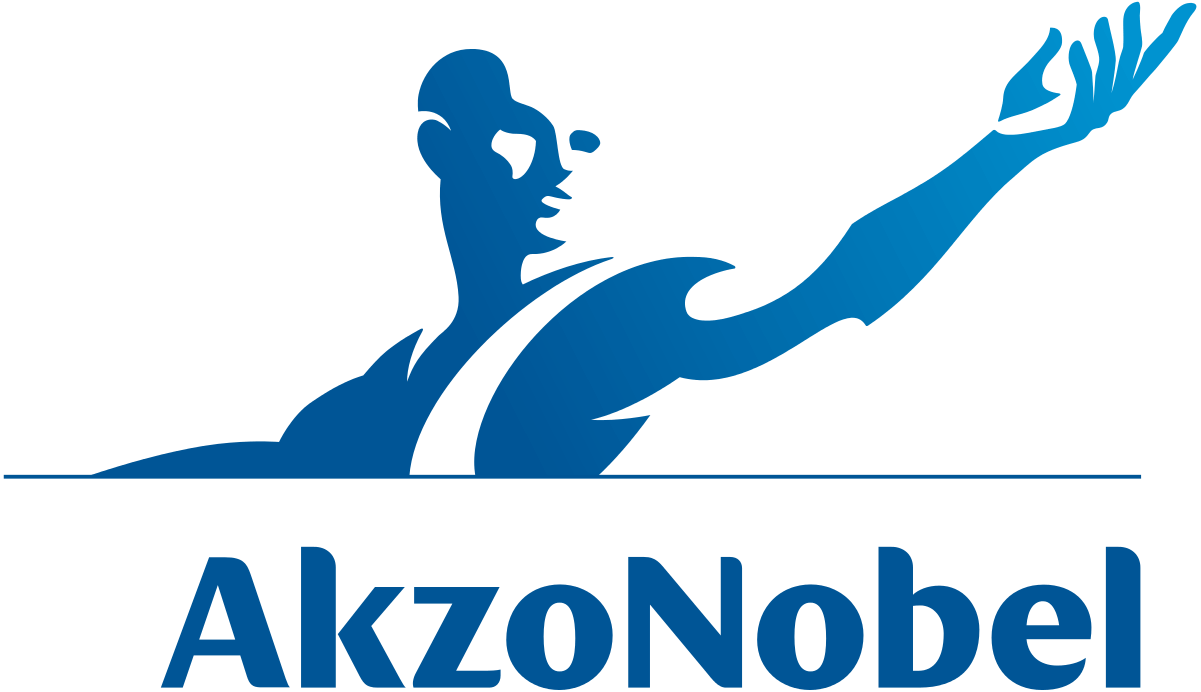



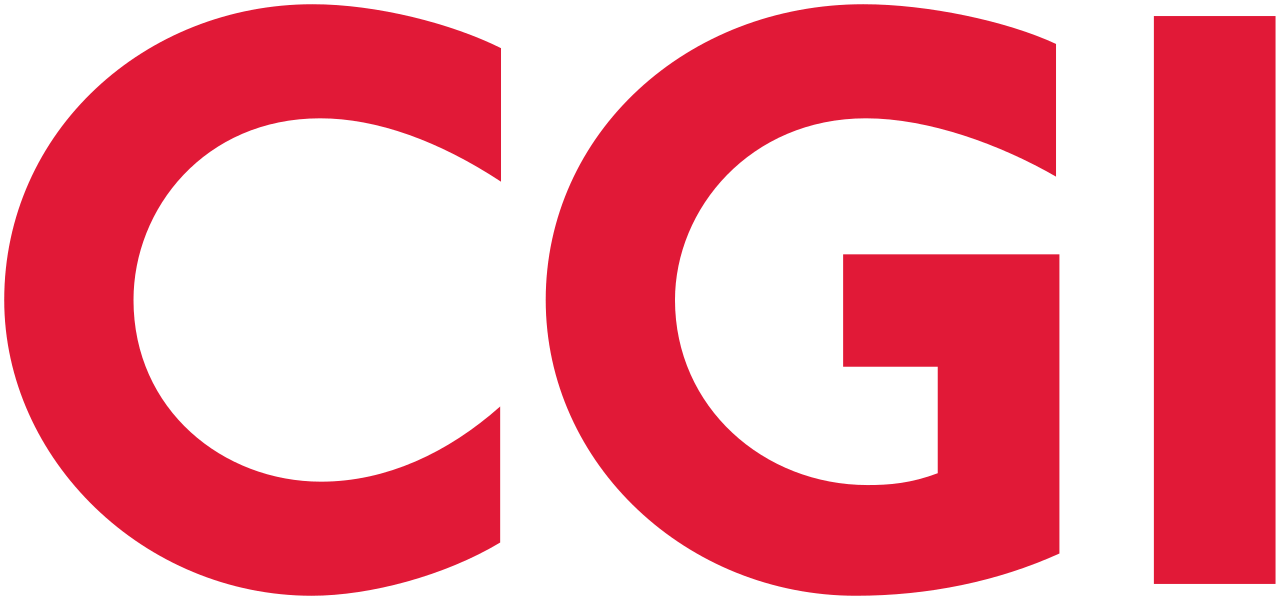









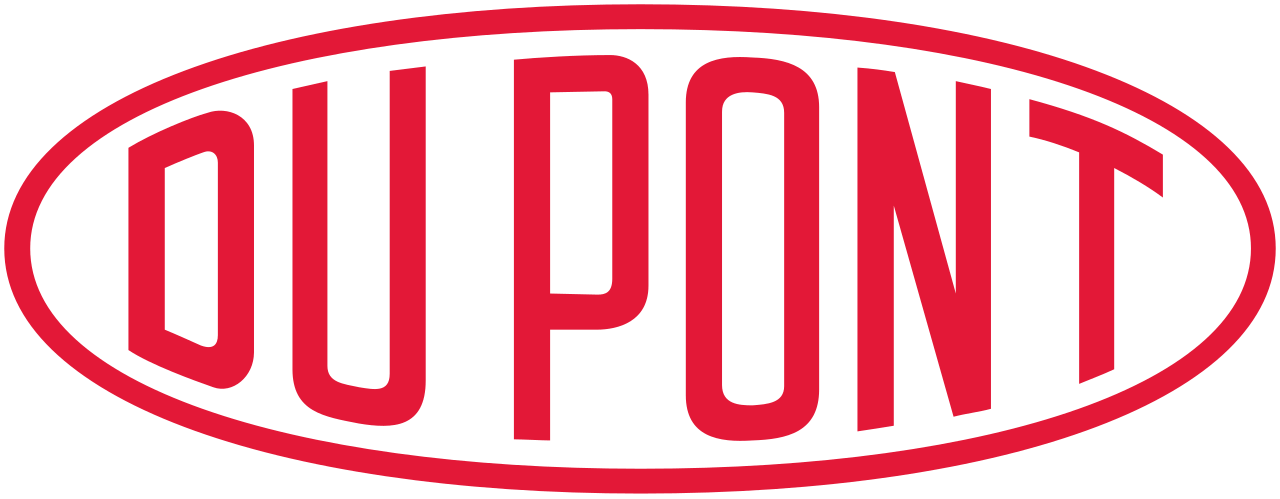
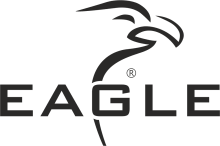

























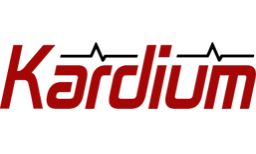
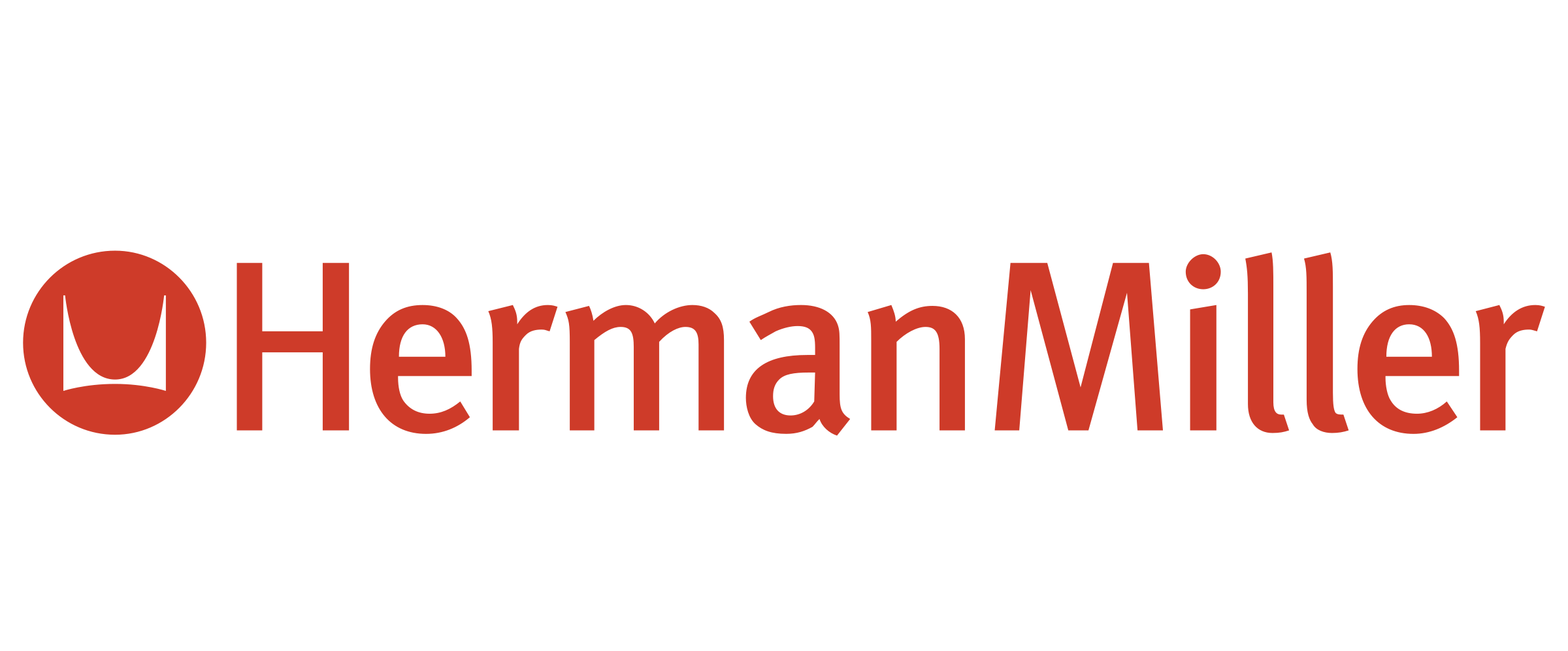
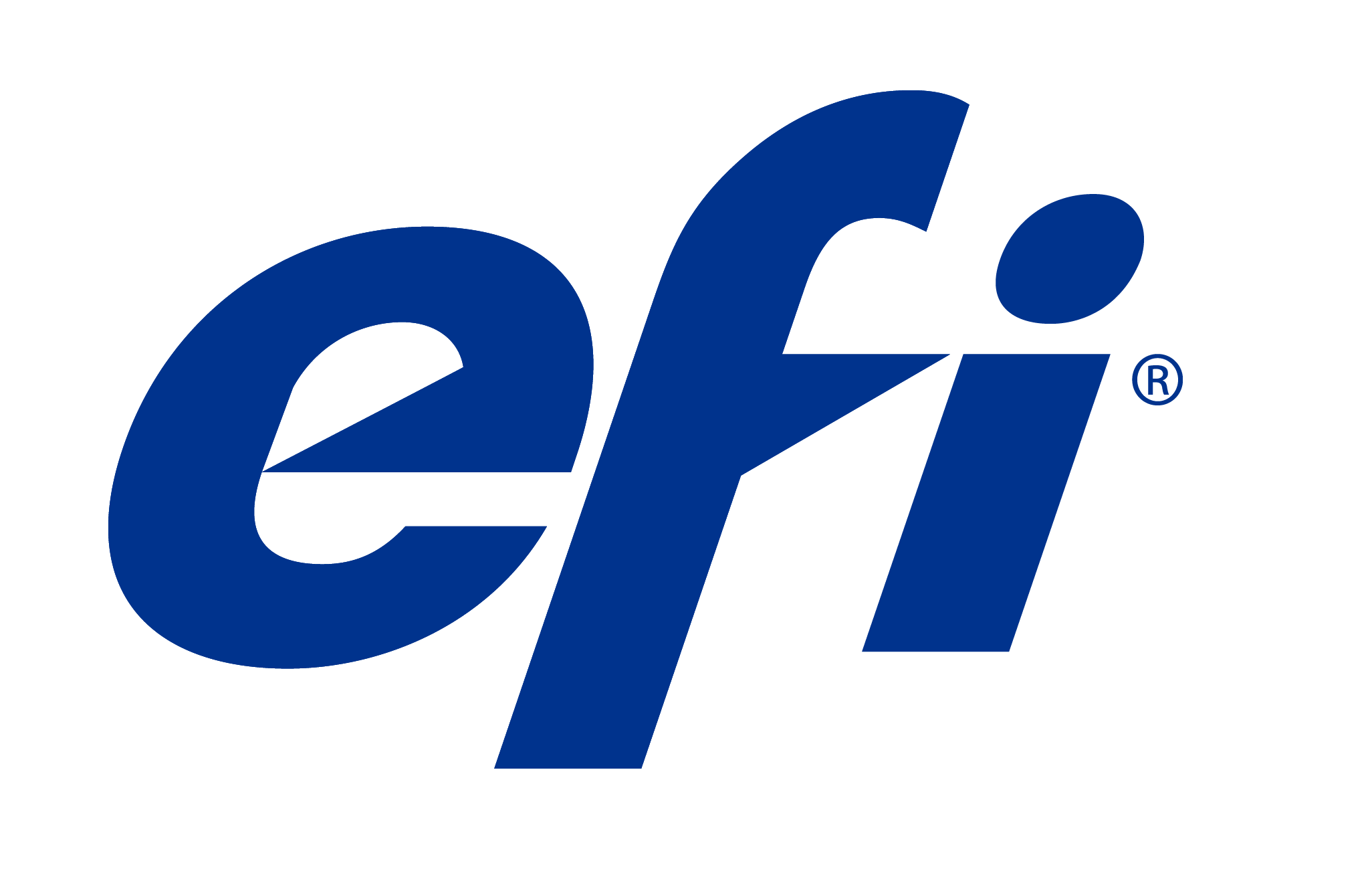

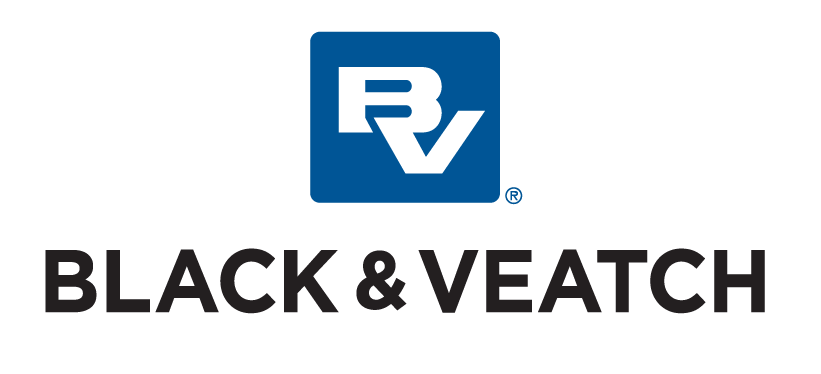
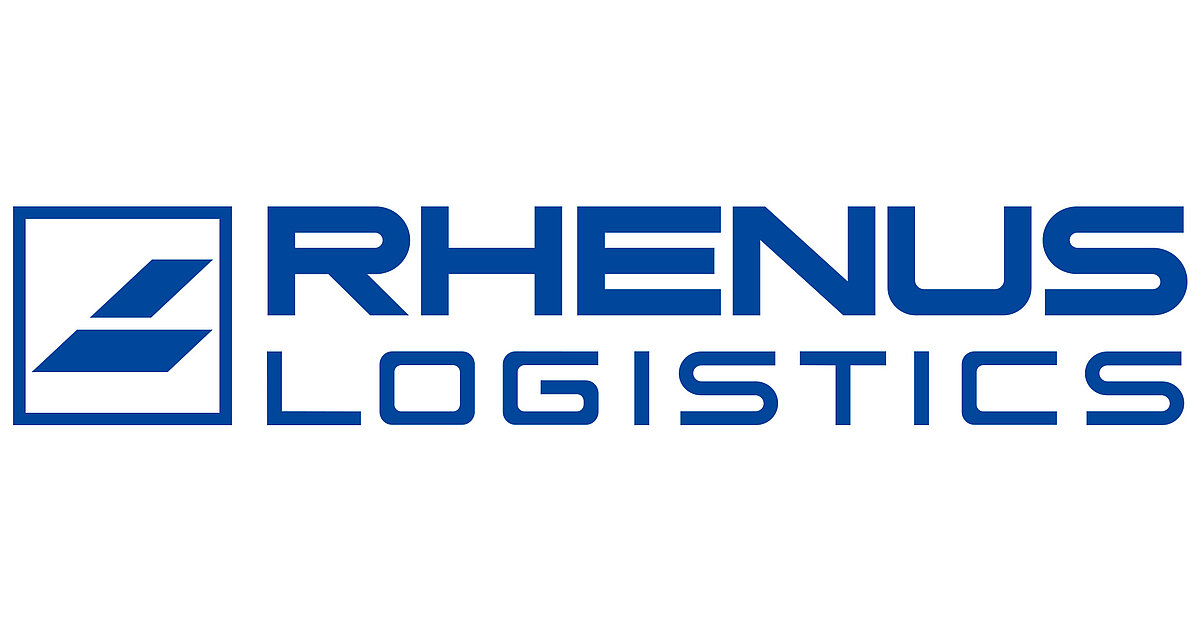

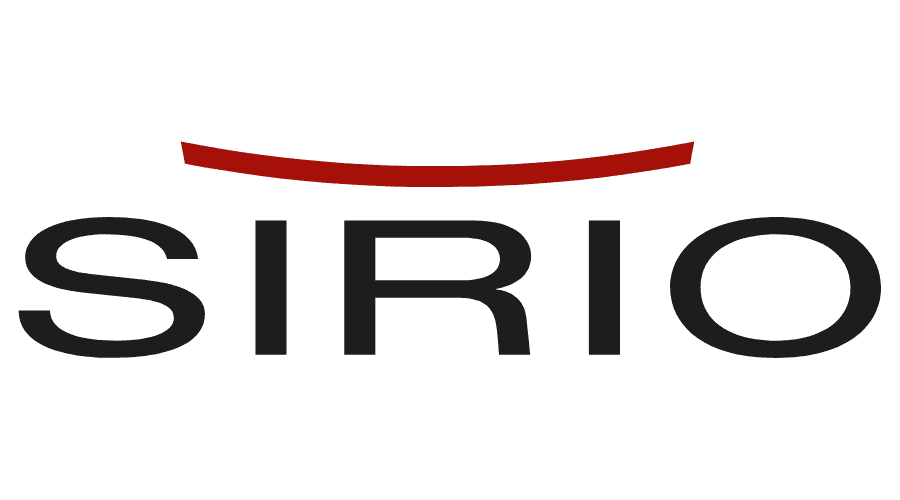

Exclusive Benefits
 Credibility and Transparency
Credibility and Transparency
We actively recruit consumers, business professionals, and hard-to-reach individuals as members of our research panels, and we build trusted, ongoing relationships with them. Thus we provide the complete list of primary and secondary data sources in the report to maintain the transparency and to assure the credibility.
 Exhaustive Coverage
Exhaustive Coverage
Detailed and extensive coverage in the geography.Survey consultation for brand tracking, concept testing, consumer behaviour, and more, we have you covered with market research services that scale to meet your needs.
 Competitive Edge
Competitive Edge
Our reports cover most recent updates in the market till the date of the purchase. We identify, gather and timely deliver analysis on impact of unprecedented decisions of CXOs in COVID-19 catastrophe on many businesses, their clients and their clients' clients without additional cost.
 Golden Opportunities
Golden Opportunities
A comprehensive strategic sieve analysis of the market by our analysts and consultants, aided by AI tools helps us find the non-obvious, golden and emerging opportunities for you to evaluate.
 Top-notch Reports Guaranteed
Top-notch Reports Guaranteed
70% of our research is exclusive; no other research firm has the depth and breadth of our research.
 Post Purchase Support
Post Purchase Support
Post-purchase support is provided for all our reports, for three months from the date of purchase, where related queries will be answered within 24 business hours over telephone or email.
 IND: (+91) 949418 5556
IND: (+91) 949418 5556 sales@envisionintelligence.com
sales@envisionintelligence.com








